Why can’t I grow a beard? We hear this question a lot. The truth is that beard growth is influenced by several factors, including genetics, hormones, and age.
While some people naturally grow thick beards, others may struggle due to lower levels of testosterone or genetic predispositions.
While some elements are largely beyond control, there are ways to support beard growth. Eating a balanced diet, maintaining skin health, managing stress, and using a topical beard growth formula and a dermaroller can all help.
Common Reasons for a Patchy Beard
A patchy or uneven beard can be frustrating, especially when growth seems inconsistent despite your best efforts. Understanding the underlying reasons can help you determine whether your beard pattern is natural or if there are health or lifestyle factors limiting growth.
Genetic Influences
Genetics largely determine beard growth patterns, including thickness, coverage, and growth rate. The androgen receptor (AR) gene specifically controls how your body responds to testosterone and DHT (dihydrotestosterone).
Some men inherit dense follicle activity, while others naturally have sparse or uneven distribution. This is not a sign of poor health—just inherited biology. If your father or grandfather had trouble growing a full beard, there's a good chance you inherited similar traits.
Follicles in genetically resistant areas may never produce strong, visible hairs. Dermatologists can assess whether your growth pattern is within normal genetic variation or if additional factors are interfering.
Hormone Levels
Testosterone gets most of the credit for beard growth, but it's actually DHT that does the heavy lifting. Your body converts testosterone into DHT, which then binds to receptors in your facial hair follicles.
Men with lower DHT levels or fewer sensitive receptors often experience slower or patchier beard growth.
Contrary to popular belief, having trouble growing a beard doesn't necessarily mean low testosterone. Your receptors might simply be less responsive to the hormones you produce.
Blood tests can reveal hormone levels if you're concerned about imbalances. Treatments may include addressing underlying medical issues or carefully guided therapies designed to support hair growth in the beard region.
Age and Hair Cycles
Beard development continues well into your thirties. Many men notice significant improvements in density and coverage between the ages of 25 and 35.
Each hair follicle operates on its own growth cycle, spending time in active growth (anagen), transition (catagen), and rest (telogen) phases. Younger men often have shorter anagen phases for facial hair, resulting in thinner coverage.
As you age, these cycles typically lengthen, allowing for fuller growth. If growth still appears uneven at an older age, this may suggest a permanent growth pattern or medical condition.
Dermatologists can evaluate age-related patterns and distinguish between slow natural progression and issues that require treatment.
Ethnicity
Ethnic background strongly influences beard characteristics, from thickness to growth distribution. For example, men of East Asian descent may grow fewer, finer beard hairs, while those of Middle Eastern or South Asian descent often develop thicker coverage.
These patterns reflect natural variation in follicle density and hormone receptor sensitivity across populations. A sparse beard within your ethnic background is usually normal rather than a sign of illness. Dermatologists can help distinguish cultural variation from medical concerns.
Lifestyle Factors That Slow Beard Growth
Even if genetics and hormones are favorable, everyday habits can interfere with healthy beard development. Nutrition, stress levels, sleep quality, and lifestyle choices such as smoking all influence how well follicles function and whether facial hair grows in fully.
Diet and Vitamins
A poor diet lacking essential nutrients can slow follicle activity and weaken hair shafts, leading to patchiness or brittle growth. Crash diets, restrictive eating, or nutrient deficiencies often worsen the problem.
Protein forms the building blocks of hair, so lean meats, eggs, and legumes should be featured prominently in your meals. B-vitamins, particularly biotin, support keratin production essential for hair growth. Vitamin D, zinc, and iron deficiencies can stunt facial hair development.
Foods rich in omega-3 fatty acids, such as salmon and walnuts, promote healthy follicles. Consider adding spinach, sweet potatoes, and nuts to boost vitamin intake naturally.
Stress and Sleep
Chronic stress elevates cortisol, a hormone that disrupts the normal hair cycle and can trigger excessive shedding. Poor sleep has similar effects, lowering testosterone levels and reducing the body’s ability to repair and regenerate cells, including those in beard follicles.
Strive for 7–9 hours of quality sleep nightly to support healthy testosterone levels. Regular exercise helps manage stress while boosting circulation to hair follicles. Meditation, yoga, or simple breathing exercises can lower cortisol levels.
Creating a consistent sleep schedule and reducing screen time before bed improves both sleep quality and hormone balance.
Smoking
Nicotine and toxins from smoking constrict blood vessels and reduce oxygen delivery to hair follicles, making it harder for them to thrive.
Over time, smoking damages the microcirculation that supports beard development and can even alter hormone metabolism. This often results in slower, weaker, or patchier growth.
Quitting smoking improves circulation and may gradually restore follicle activity, allowing for healthier scalp and beard hair development.
Medical Issues Affecting Beard Growth
Sometimes, patchy or absent beard growth is not just a cosmetic concern but a sign of an underlying medical condition. Identifying these issues early allows for proper treatment and prevents long-term damage to the hair follicles.
Alopecia Barbae
Alopecia barbae, a form of alopecia areata, is an autoimmune condition where the immune system mistakenly attacks beard follicles, leading to small, round bald patches. These areas may feel smooth to the touch, with sudden shedding that can expand over time.
Unlike genetic patterns, this type of loss is unpredictable and may recur. Dermatologists often diagnose it through physical exam or biopsy and may recommend corticosteroid injections, topical treatments, or other therapies to calm immune activity and restore growth when possible.
Thyroid Disorders
Both hyperthyroidism and hypothyroidism disrupt normal hair growth cycles. An underactive thyroid slows metabolism, including hair production, leading to thinning facial hair. Overactive thyroid conditions can cause hair to become brittle and fall out prematurely.
Additional symptoms such as fatigue, weight changes, dry skin, or temperature sensitivity often accompany thyroid-related hair issues.
Simple blood tests can diagnose thyroid problems accurately. Proper medication restores normal thyroid function, typically improving hair growth within several months. Regular monitoring ensures optimal hormone levels for healthy beard development.
Safe Ways To Boost Beard Growth
While genetics and health conditions set the foundation for beard growth, there are safe, evidence-based methods that can encourage fuller and healthier development.
These strategies work best when combined with consistent care and professional guidance to avoid irritation or ineffective results.
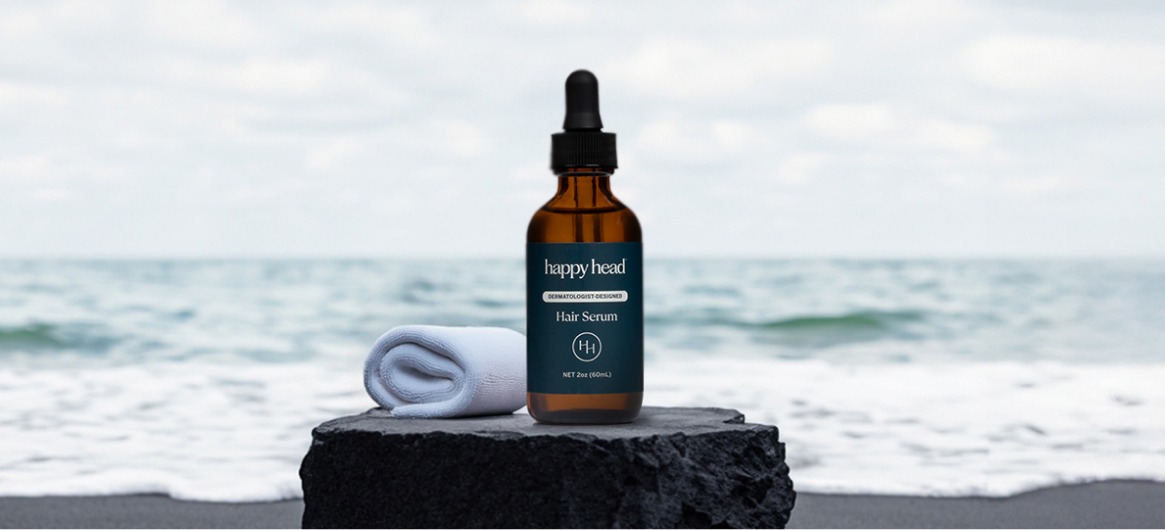
Topical Minoxidil
Topical minoxidil for beard growth is an FDA-approved treatment that increases blood flow to follicles, extends the growth phase of hair cycles, and stimulates dormant follicles in the beard area.
Apply it twice daily to clean, dry skin for best results. Initial shedding sometimes occurs as weak hairs make way for stronger ones. Most users see improvements within 3–6 months of consistent use.
Side effects can include mild skin irritation, dryness, or unwanted hair growth in nearby areas. Starting with a lower concentration helps minimize reactions while your skin adjusts.
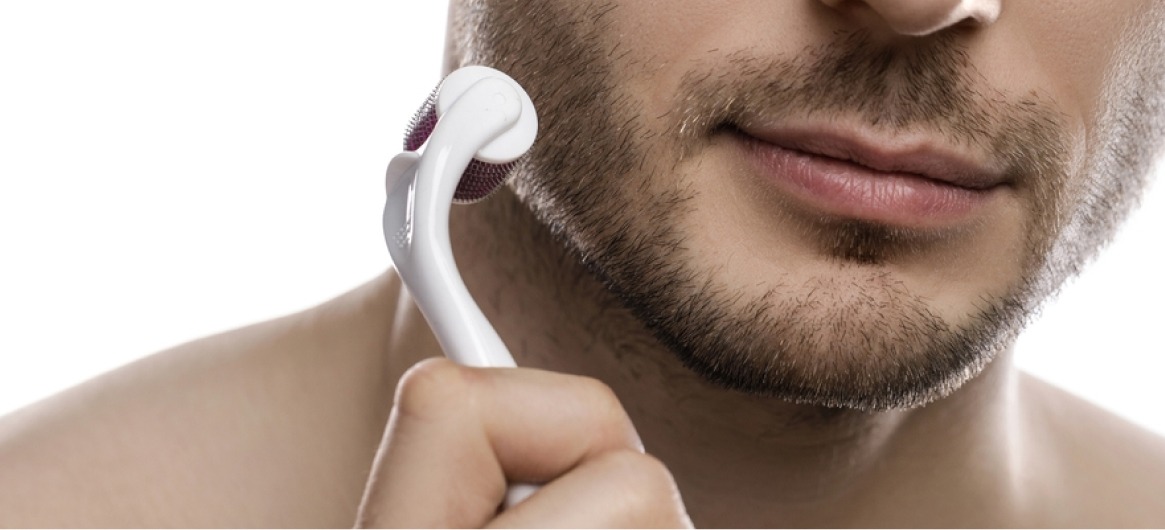
Dermaroller
Microneedling with a dermaroller creates tiny punctures that stimulate collagen production and increase blood flow. This process awakens dormant follicles and enhances absorption of topical treatments.
Use a 0.25 mm or a 0.5 mm roller twice weekly on clean skin, rolling in multiple directions. Using a dermaroller on your beard with minoxidil often produces superior results compared to either method alone.
Proper sanitization prevents infection, while avoiding excessive pressure prevents skin damage. Results typically appear after 8–12 weeks of regular use.
Dietary Improvements
Optimal beard growth requires a nutrient-rich diet that supports hair follicle activity. Protein provides the building blocks for hair shafts, while vitamins such as D, B-complex, and biotin, along with minerals like zinc and iron, strengthen hair structure and growth potential.
A diet lacking these elements may result in slower, weaker, or uneven beard development. Dermatologists sometimes recommend targeted supplements after confirming deficiencies through blood tests.
Balanced meals and adequate hydration remain the foundation for healthier beard density and resilience.
Massage
Gentle facial massage improves circulation, helping more oxygen and nutrients reach the hair follicles. This stimulation may encourage new growth over time and support healthier, thicker beard hair.
Regular massage also reduces stress, which indirectly benefits beard development by keeping cortisol levels lower. Techniques can be as simple as using fingertips in circular motions or incorporating nourishing oils.
Dermatologists often recommend massage as a safe, low-cost adjunct to other treatments for men seeking natural ways to improve beard growth.
Daily Beard Care Routine
Maintaining a consistent grooming routine keeps your beard healthy and prevents issues such as dryness, breakage, and clogged follicles. Proper care not only improves appearance but also creates the right conditions for stronger, more even growth.
Cleansing and Moisturizing
Washing your beard with a gentle cleanser removes dirt, oil, and dead skin that can block follicles. Following with a lightweight moisturizer or hydrating cream prevents dryness, flaking, and irritation.
Clean, well-hydrated skin supports follicle function and helps beard hair remain strong and less prone to breakage.
Combing and Trimming
Daily combing distributes natural oils, reduces tangles, and keeps hair lying in the same direction for a fuller look. Occasional trimming removes split ends and maintains shape, preventing breakage that makes beards appear patchy.
Consistent grooming also stimulates the skin beneath, encouraging better circulation around the follicles.
Consider Beard Oil
Beard oil nourishes both hair and underlying skin, reducing itch, dryness, and brittleness. Oils containing jojoba, argan, or vitamin E mimic natural sebum and improve hair texture, making the beard appear healthier and more even.
Applying a few drops daily can soften coarse hairs and support overall beard maintenance.
When To Seek Professional Help
If your beard growth remains patchy despite consistent care or if you notice sudden bald spots, excessive shedding, or skin irritation, it’s best to consult a dermatologist.
A professional evaluation can identify underlying issues such as hormone imbalances, alopecia, or thyroid disorders. Early intervention allows for more effective treatment and prevents further follicle damage.
Board-certified dermatologists can prescribe stronger treatments than over-the-counter options. They'll evaluate your specific situation, rule out medical conditions, and create personalized treatment plans.
Why Can’t I Grow a Beard? The Bottom Line
Beard growth depends on a combination of genetics, hormones, lifestyle choices, and overall health. While some men naturally develop thick coverage, others may struggle with patchiness or slow growth.
The good news is that safe treatments and proper care routines can make a visible difference. If you’re concerned about your beard, consulting a dermatologist ensures you receive accurate answers and personalized options to help you achieve healthier, fuller facial hair.
Talk to a board-certified dermatologist to discuss your goals and find the solution that is best for you.
Frequently Asked Questions
Why am I not able to grow a beard?
Difficulty growing a beard often stems from genetics, hormone levels, or hair follicle sensitivity. Lifestyle factors such as diet, stress, and sleep, along with certain medical issues, can also interfere. A dermatologist can evaluate the cause and recommend tailored treatments to address the issue.
Does no beard mean low testosterone?
Not necessarily. While testosterone and its derivative DHT are key to facial hair growth, beard thickness also depends on genetics and follicle sensitivity. Some men with healthy testosterone levels still have sparse beards. Blood tests are the only reliable way to measure hormone balance.
Why can't I grow a beard at 30?
At 30, patchy growth may reflect genetics, hormone activity, or delayed maturation of hair follicles. Medical issues such as thyroid imbalance or alopecia barbae can also be factors. If growth has not improved by this age, a dermatologist can assess and explore safe treatment options.
What stimulates beard growth?
Beard growth may be supported with consistent skin care, balanced nutrition, and improved sleep habits. Some men benefit from treatments such as topical minoxidil or dermarolling, which increase follicle activity. Professional guidance ensures safe and effective approaches for fuller, healthier beard growth.



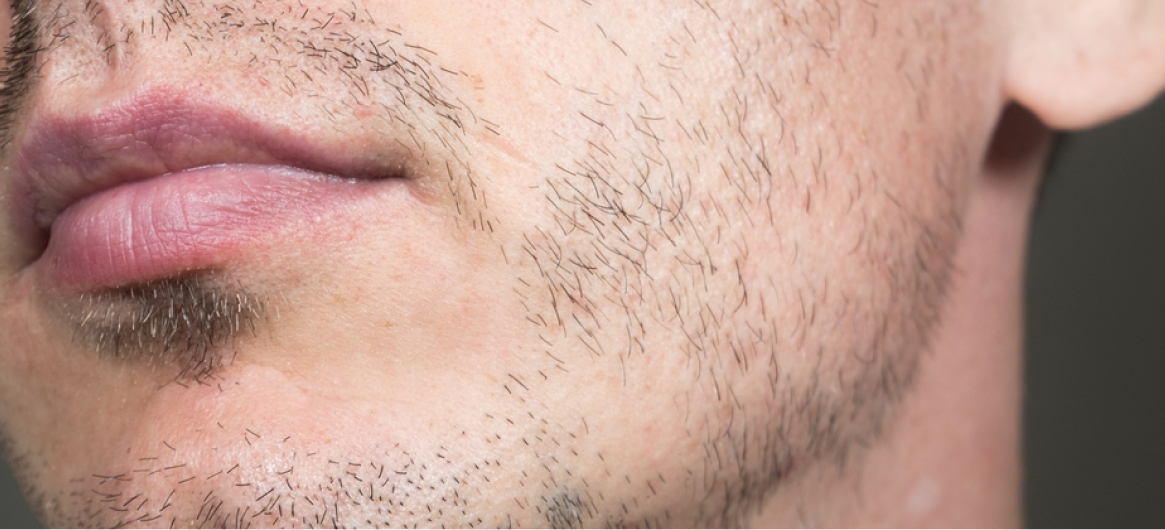



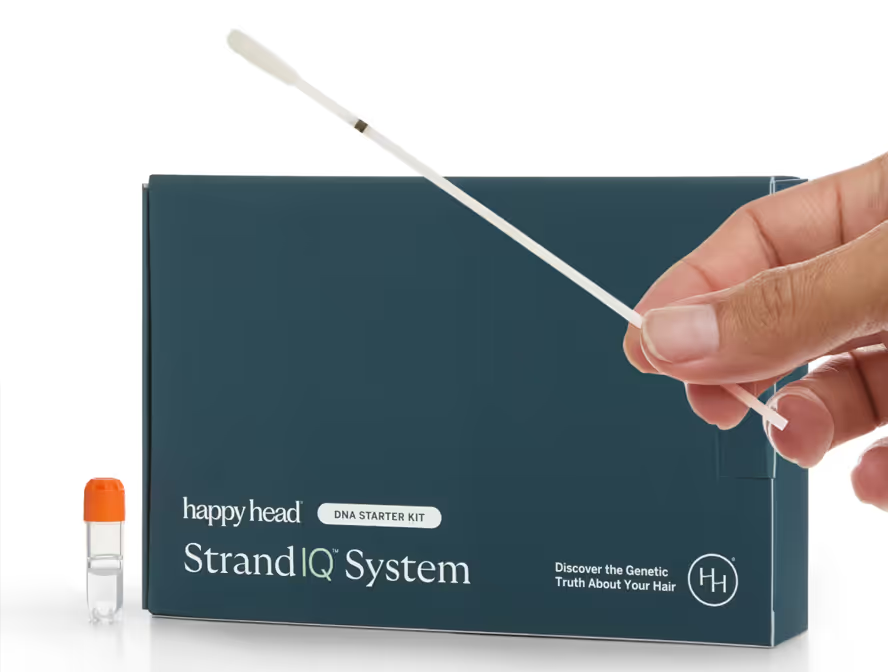

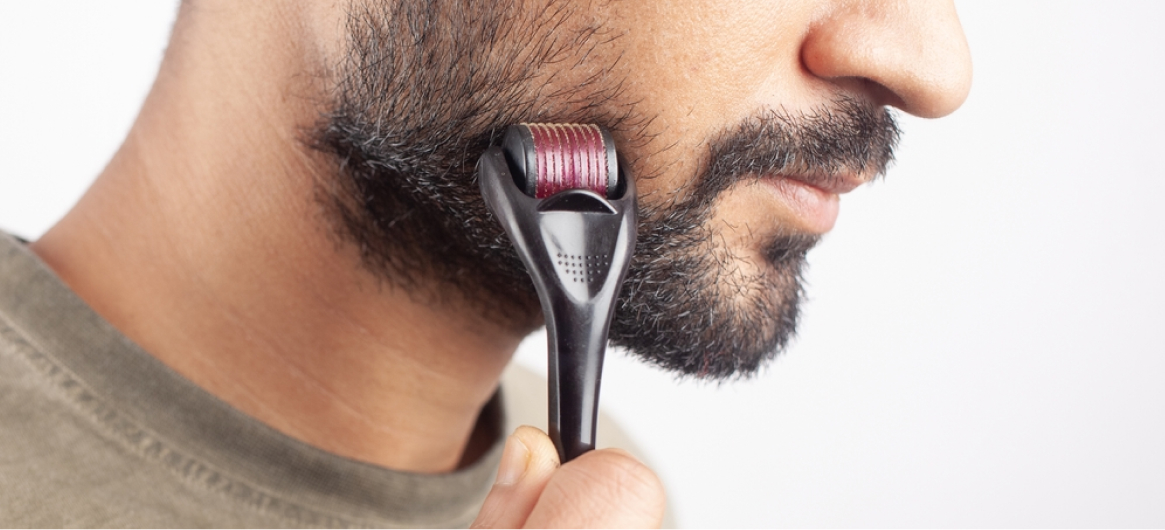
.avif)